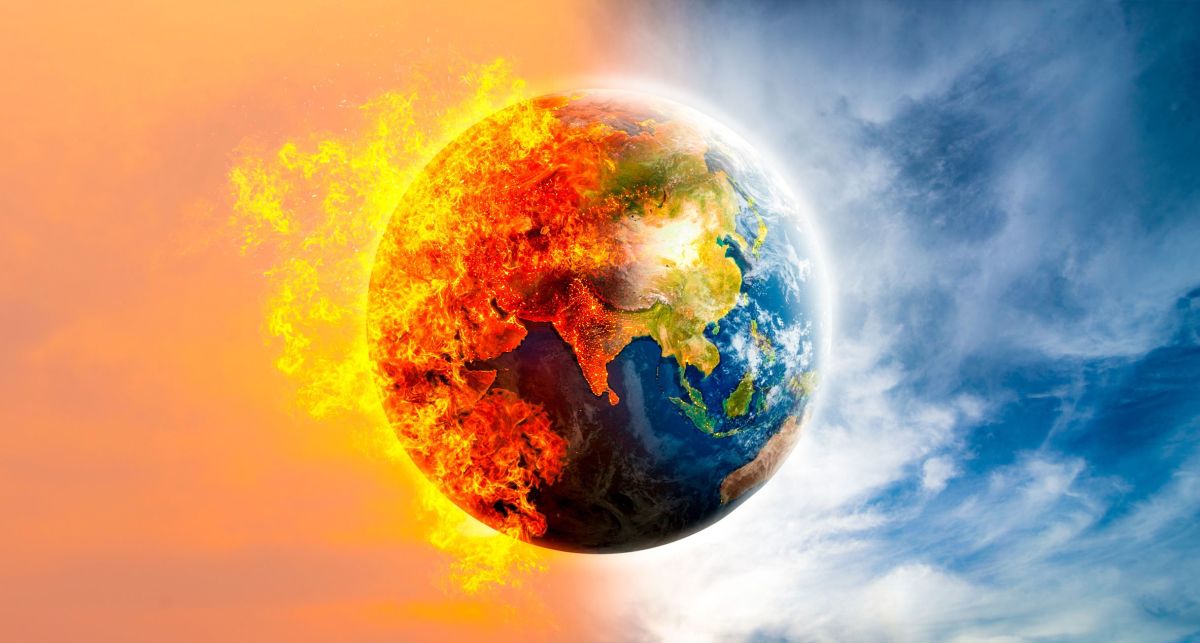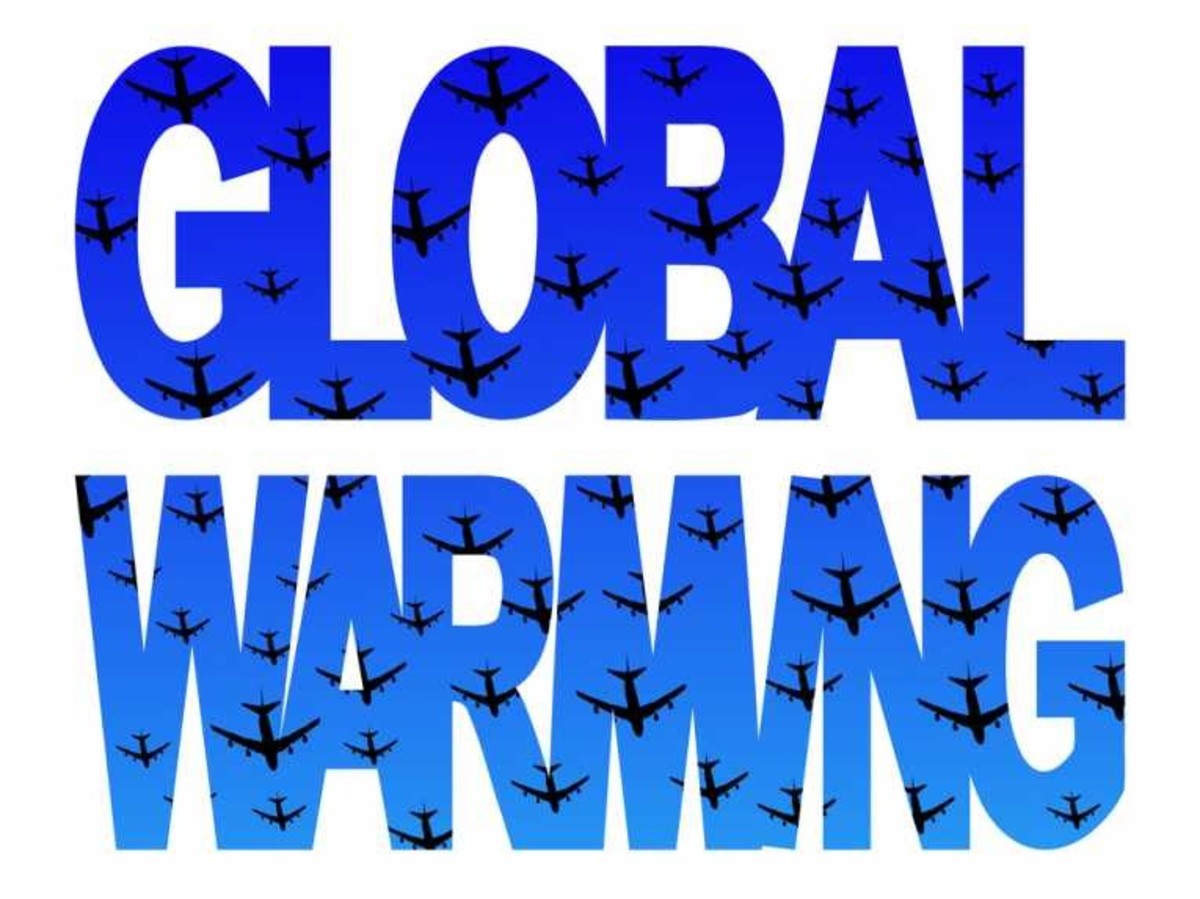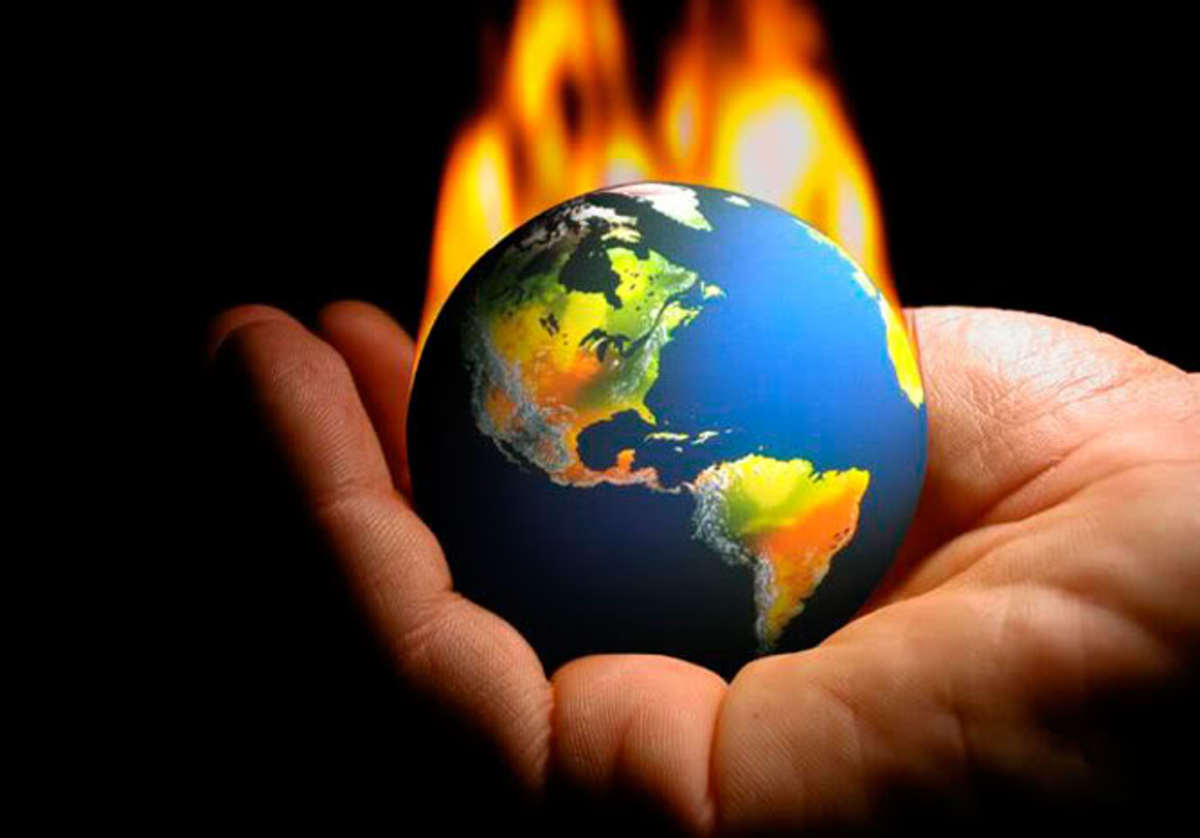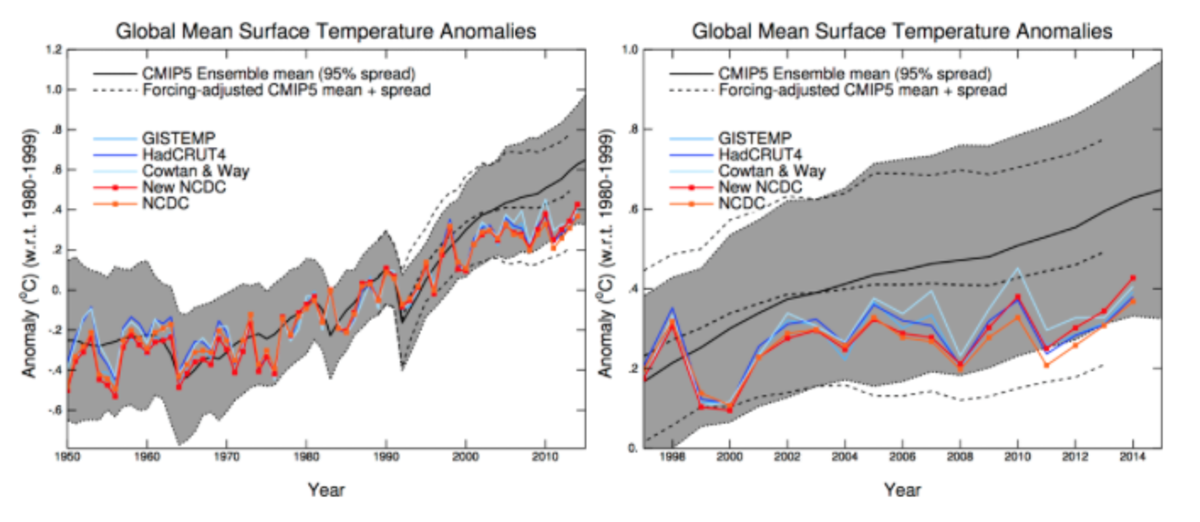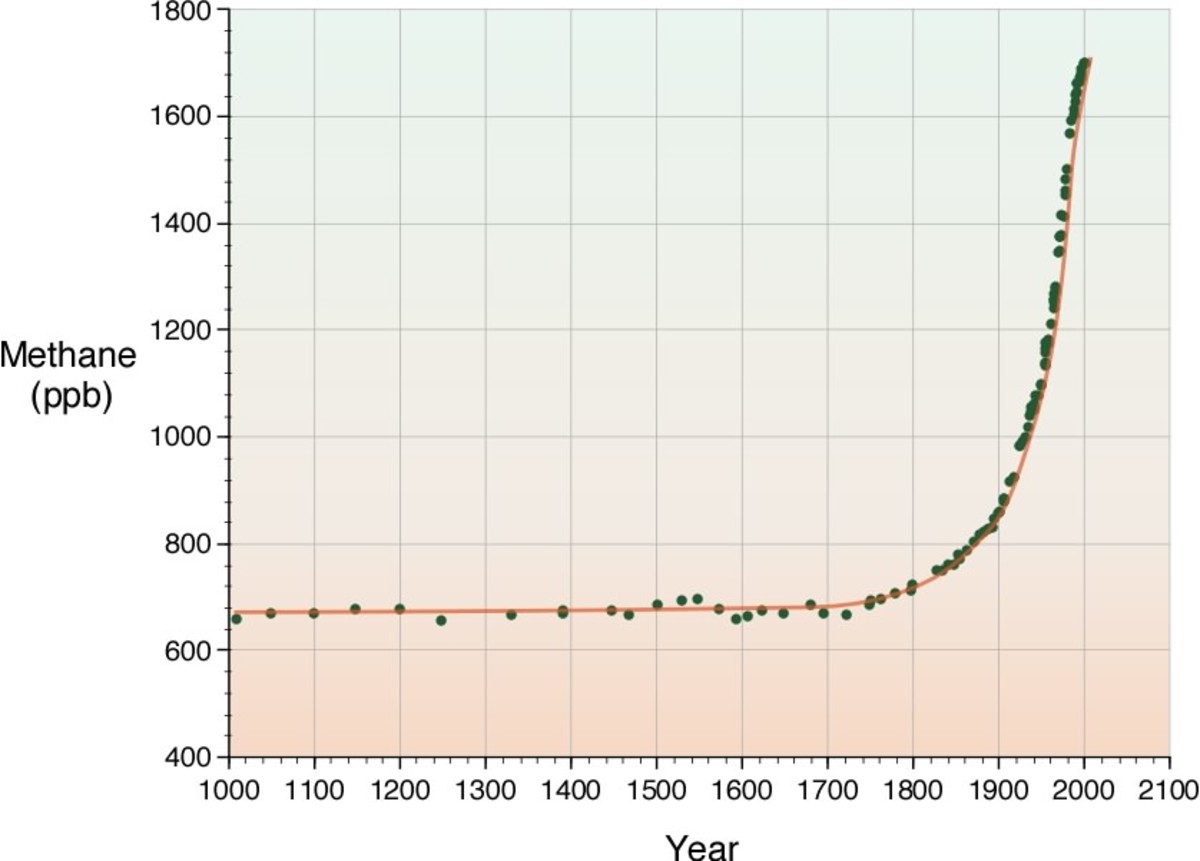The Four Degree World
The 4 degree world is still more strange (and uncomfortable) than its 3-degree counterpart--but worst is the possibility that it may not be stable. Do 'tipping points' lurk at or near this level of warming?
Note: Update from the AR5 Technical Summary posted 12/11/13. (Below the summary table.) It presents likely temperature and sea level projections in relation to the points made in this chapter of Six Degrees.
In many ways, the answer to the 'tipping points' question depends upon water--rising oceans, melting ice, and changing precipitation are all important in the 4 degree world. Here's the summary table of Lynas's view.
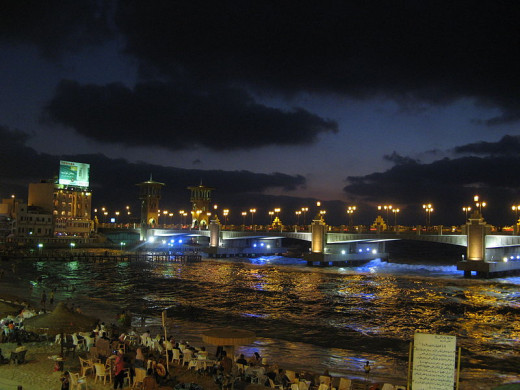
Section
| Content
|
|---|---|
Death on the Nile, p 185
| Alexandria, Egypt, and sea level rise (SLR.) 50 cm (possible by 2050 at 4 C) would displace 1.5 million & cost $35 billion US. Bangladesh's Meghna Delta, Boston's Central Business District, coastal NJ, NY, Mumbai, Shanghai, London & Venice are all under threat--in the manner of New Orleans--and now Sandy is an apposite example. Long term, retreat is humanity's only option.
|
The Heart of Antarctica, p. 189
| The West Antarctica Ice Sheet (WAIS) at risk with loss of shelf buttressing. (Floating ice shelves 'buttress' marine glaciers, slowing their flow to the sea.) May 2007 Antarctica melt observed; Ross and Ronne ice sheets vulnerable. Eventual threat to *East* AIS? 4 C last time--40 million years ago--meant ice-free poles.
|
Capitalism with Chinese Characteristics, p.193
| China's growth trends, if continued to 2030, would mean using: 30% more oil than current global production, and 2/3 of current global food production. But her food production could drop 40% in a 4 C world, even as yields elsewhere (India, Australia) also decline.
|
The Sands of Europe, p. 197
| Mediterranean heating and drying are marked. Pan-European temps could rise dramatically. Snowfall could drop 80% and summers could be 9 C warmer.
|
Into the Air, p.201
| The Alps will be mostly glacier-free in a 4 C world, resembling North Africa's Atlas Mts. Ice will remain only above 4000 meters, diminishing rivers like the Rhine and the Danube. Swiss hydropower--60% total generation--at risk.
|
Blighty Gets a Battering, p.204
| More westerly gales expected (37% for England & Germany.) Increased flooding & coastal erosion.
|
A Buried Message in Texas, p.206
| Hall's Cave fossils show a productive ecology wiped out 20 kyr ago by extreme rains interspersed with drought. Similar patterns could occur in many places in a 4 C world.
|
Siberian Roulette, p. 208
| 4 C means an ice-free Arctic--possibly even in winter. (Regional temps could be 14 C higher than today.) Permafrost loss will be significant, with consequent methane feedback creating further warming. Food web at risk due to loss of snow cover--key prey species such as lemmings and voles overwinter in snow tunnels. Worst of all, a 4 C world may not be a stable climate state--climate feedbacks at 4 C may make a higher equilibrium point inevitable.
|
Update From The AR5 Technical Summary
In the fall of 2013 the International Panel on Climate Change released the final draft of the Working Group 1 Fifth Assessment Report ('AR5.') The sea level section of the 129-page Technical Summary states, among other things, that:
During the warm intervals of the middle Pliocene (3.3 to 3.0 million years ago), when there is medium confidence that global mean surface temperatures were 2°C to 3.5°C warmer than for pre-industrial climate and CO2 levels were between 250 and 450 ppm, sedimentary records suggest periodic deglaciation of West Antarctica and parts of East Antarctica. Ice-sheet models suggest near-complete deglaciation of Greenland, West Antarctica and partial deglaciation of East Antarctica. Together, the evidence suggests that Global Mean Sea Level (GMSL) was above present levels at that time, but did not exceed 20 m above present (high confidence).
In other words, CO2 levels in the mid-Pliocene were comparable with our own, the climate was much warmer, the planet was largely deglaciated, and sea level was much higher than at present. Since our high CO2 levels are geologically very sudden event, the implication is that our temperatures, sea level, and cryosphere would probably tend to approach Pliocene conditions over time--if we were to stop emitting greenhouse gases, and simply hold atmospheric levels constant. (Sadly, we are not on track to do this at present; emissions are continuing to rise as of this writing.)
The Technical Summary continues on to consider less extreme conditions:
During the Last Interglacial Period (about 129,000 to 116,000 years ago) when peak global warmth was not more than 2°C above pre-industrial temperatures, and peak global annual sea surface temperatures were 0.7 [0.1 to 1.3] °C warmer (medium confidence), maximum GMSL was at least 5 m higher than at present (very high confidence), but did not exceed 10 m (high confidence). Based on ice-sheet model simulations consistent with elevation changes derived from a new Greenland ice core, the Greenland ice sheet very likely contributed between 1.4 m and 4.3 m sea level equivalent, implying with medium confidence a contribution from the Antarctic ice sheet to the global mean sea level during the last interglacial period.
In other words, the LIP--often referred to as the "Eemian Period"--saw very significant deglaciation, and sea levels "at least 5 m higher than at present", with warming less than three times the current .7 C.
Moreover, warming of 2 C has now become quite likely, barring either prompt and drastic reductions in emissions, or deployment of some as-yet unproven technology to actively draw CO2 out of the atmosphere. The projected 2081-2100 range of even Representative Concentration Pathway (RCP) 4.5--an emissions scenario which we are currently exceeding greatly, and the mildest one barring the sort active drawdown just mentioned--is 1.1 to 2.6 C, with a mean of 1.8 C.
Here is the relevant table summarizing likely temperature and sea level changes.
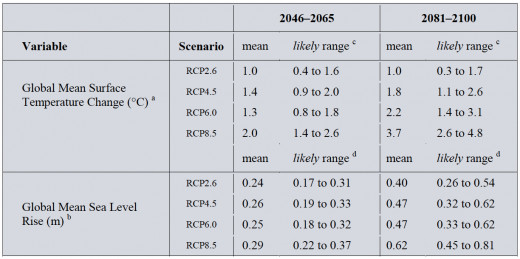
Miami-Dade Plans For Climate Change
- Miami-Dade County - Environment - Climate Change Advisory Task Force
Climate Change Advisory Task Force Portal
In terms of Four Degrees, the message is mixed. There is good news: there is very little chance that global temperatures will hit 4 C by 2050--the worst outcome for mid-century currently considered 'likely' is 2.6 C. That is bad enough, to be sure--see the preceding Hub, The Three Degree World.
But better bad than worse. It would seem that Alexandria--and the other coastal cities--have a few more decades to prepare their defenses--and their routes of retreat. Some cities are planning now (see sidebar links.)
On the other hand, the eventual outcome seems unchanged--and perhaps more likely than before, given that five years after the publication of Six Degrees, no meaningful emissions reductions have taken place on a global level, and there is no sign that such reductions will be forthcoming soon. Returning to the summary table, we see that the likely sea level rise for mid-century is roughly half of the 50 centimeters discussed in "Death on the Nile." That will be enough to cause large impacts around the world. And for the end of the century, the range is likely 26 to 81 centimeters--dependent, or course, on the choices we make in the interim.
It's worth noting that that is not actually the worst case for sea level rise. The Panel concluded that:
Based on current understanding, only the collapse of marine-based sectors of the Antarctic Ice Sheet, if initiated, could cause global mean sea level to rise substantially above the likely range during the 21st century. There is medium confidence that this additional contribution would not exceed several tenths of a meter of sea level rise during the 21st century.
The likelihood of such a collapse is not presently able to be estimated, but seems not to be considered highly likely by most. Certainly, it can't be excluded as a possibility.
- Planet likely to warm by 4C by 2100, scientists warn | Environment | The Guardian
New climate model taking greater account of cloud changes indicates heating will be at higher end of expectations.
Update--1/3/14
A new study by Sherwood et al finds that models providing lower climate sensitivity estimates match observations less well than others.
One of the implications is that 'business as usual' would be very likely to lead to the 4-degree world by the end of the present century.
Go to main review article for Lynas's "Six Degrees."
- Mark Lynas's "Six Degrees": A Summary Review
"Six Degrees" is a modern classic, outlining potential effects of various levels of global warming. It's summarized, evaluated, and updated here, with links to 7 supplementary Hubs.

